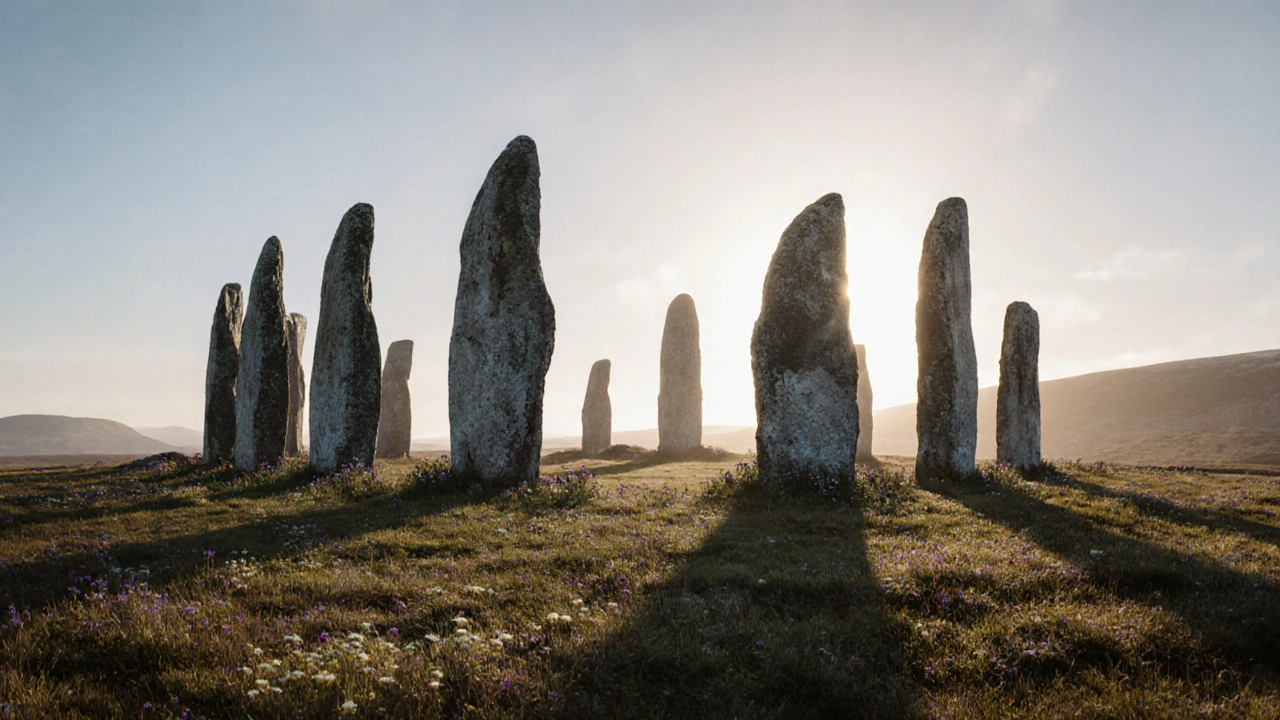Neolithic Scotland: Ancient Sites, Tools, and Living Lands of Early Farmers
When you think of Scotland’s past, you might picture castles or clans—but long before those, Neolithic Scotland, the period between 4000 and 2500 BCE when the first farming communities settled across the land. Also known as the New Stone Age, it’s when people stopped just chasing animals and started building homes, planting crops, and moving massive stones to honor their dead. These weren’t just wanderers. They were builders, astronomers, and storytellers who left behind monuments still standing today.
Neolithic Scotland isn’t just about stones. It’s about stone tools, hand-carved flint knives, axes, and scrapers used to clear forests, hunt, and shape wood. You’ll find them in fields near Orkney, tucked into riverbanks in Fife, and buried under peat in the Highlands. These tools show a society that knew how to work with nature, not just take from it. Then there are the Neolithic sites, the circular tombs, standing stones, and village remains that still draw visitors and archaeologists. Places like Skara Brae in Orkney—older than the pyramids—show homes with stone beds, hearths, and even storage cupboards. At Maeshowe, a burial chamber aligned with the winter solstice proves they tracked the stars. And in Fife, the stone circles near Abernethy hint at rituals tied to the seasons.
What’s surprising? These weren’t isolated tribes. Trade routes stretched from the Hebrides to the mainland. Obsidian from the Isle of Arran turned up in Orkney. Cattle and grain moved between valleys. People didn’t just survive—they connected. And their legacy isn’t buried. You can still walk the same paths they did, touch the same stones, and stand where they watched the sun rise over the sea. The land remembers them.
What you’ll find in the posts below are real places, real discoveries, and real stories from this forgotten time. From the hidden stone circles tucked into Fife’s hills to the tools found in ancient fields, these articles connect you to the quiet, enduring presence of Neolithic Scotland—not as a relic, but as a living part of the landscape you walk through today.

Neolithic and Bronze Age Scotland: Standing Stones and Ancient Sites
Caleb Drummond Nov 16 12Explore Scotland's ancient standing stones and prehistoric sites from the Neolithic and Bronze Age. Discover how these monuments were built, what they meant, and why they still hold power today.
More Detail